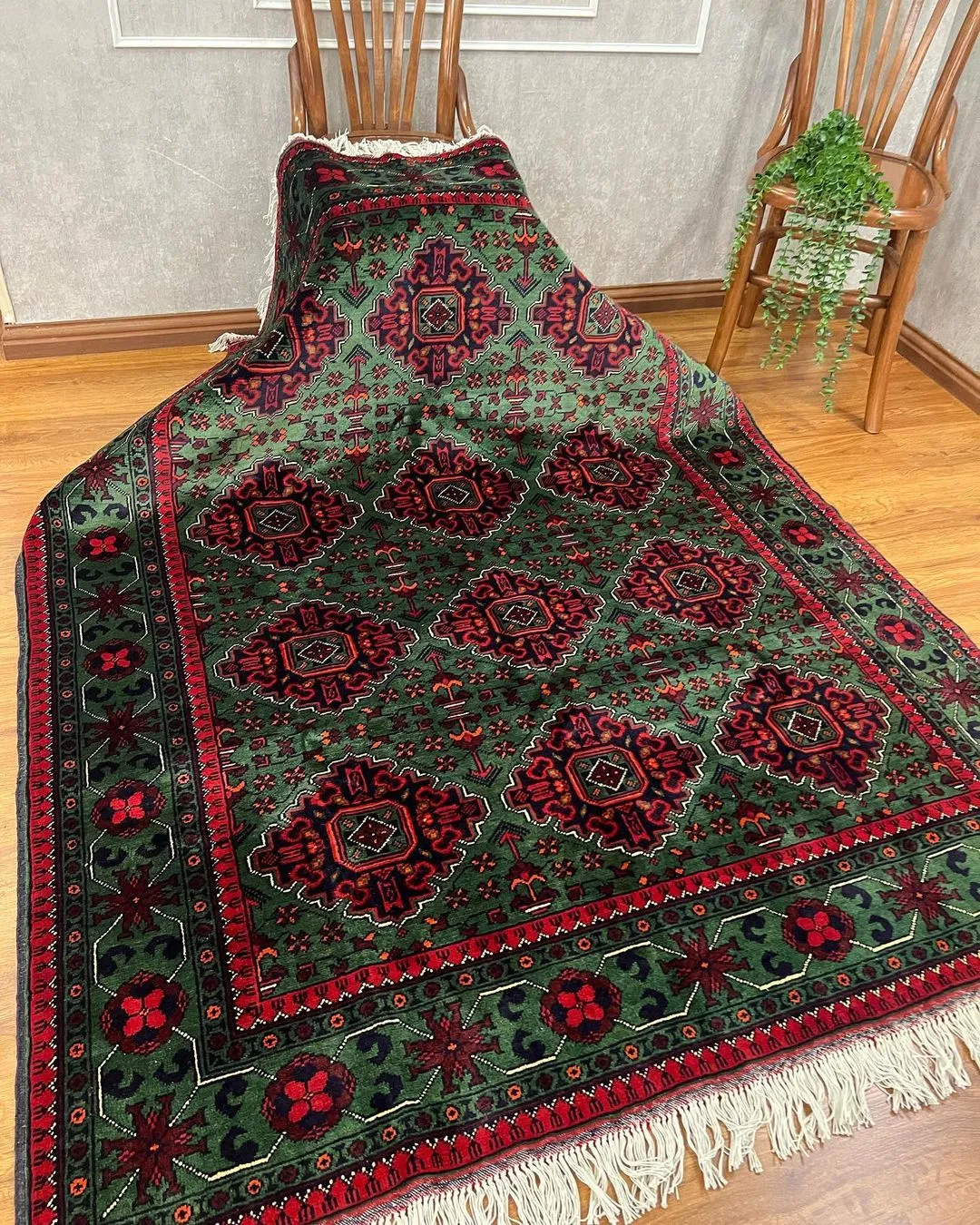Iranian carpet designs by Shah Abbasi
Shah Abbasi, also known as Shah Abbas, is a term commonly used to describe a specific type of carpet design in Persian carpets. Shah Abbasi designs are characterized by their intricate and highly stylized floral patterns and motifs. These designs were popular during the Safavid dynasty in Persia (17th century) and are still highly regarded today. Here are some key characteristics of Shah Abbasi carpet designs: Iranian carpet designs by Shah Abbasi persian carpet .

- Floral Motifs: Shah Abbasi designs are dominated by lush and elaborate floral motifs. These motifs often include various types of flowers, leaves, vines, and blossoms. The floral elements are intricately detailed and arranged in harmonious patterns.
- Symmetry: Symmetry is a hallmark of Shah Abbasi designs. These carpets often feature a central medallion, which is surrounded by symmetrical arrangements of floral motifs. The medallion is typically the focal point of the carpet and is highly ornate.
- Central Medallion: The central medallion in Shah Abbasi carpets is a key design element. It is typically a large, intricately detailed motif that serves as the centerpiece of the carpet\’s overall design. The medallion can have various shapes, such as oval, diamond, or hexagonal. Iranian carpet designs, ancient designs and Islamic buildings Iranian carpet designs by Shah Abbasi Iranian handicrafts
- Corner and Border Designs: The corners and borders of Shah Abbasi carpets are often adorned with repeating floral patterns and intricate designs. These borders frame the central field and add visual depth and complexity to the overall composition.
- Color Palette: Shah Abbasi designs make use of a rich and vibrant color palette. Deep reds, blues, greens, golds, and ivory are commonly used colors. Natural dyes were historically employed to achieve these hues, contributing to the carpets\’ enduring color quality.
- Fine Knotting: To achieve the level of detail found in Shah Abbasi designs, weavers use fine knotting techniques. The knot density in these carpets is typically high, allowing for intricate and precise patterns.
- Elegance and Luxury: Shah Abbasi carpets are often associated with elegance and luxury. They were favored by the Safavid royalty and elite, and their designs reflect the opulence of the era.
- Historical Significance: Shah Abbasi designs are seen as a testament to the artistic achievements of the Safavid dynasty in Persia. They continue to be highly valued and sought after by collectors and enthusiasts worldwide.

Shah Abbasi carpets are considered masterpieces of Persian carpet weaving, and their intricate beauty has made them iconic representations of Persian art and craftsmanship. These carpets are often used as decorative pieces, and their designs continue to inspire contemporary carpet makers and artists. Iranian carpet designs, ancient designs and Islamic buildings Iranian silk rug designs by Shah Abbasi Iranian handicrafts
Iranian carpet designs, ancient designs and Islamic buildings
Iranian carpet designs have been influenced by a rich tapestry of cultural, historical, and artistic traditions. These designs often draw inspiration from ancient motifs, Islamic architecture, and Persian culture. Here are some key influences and elements that shape Iranian carpet designs:
Click to buy a silk carpet combining machine and handwork machine rugs

- Ancient Motifs:
- Persian carpet designs often incorporate ancient motifs that date back to pre-Islamic times. These motifs may include depictions of animals, mythical creatures, and ancient symbols.
- Some ancient motifs, such as the \”Tree of Life,\ have been reinterpreted and continue to be featured in Persian carpets.
- Islamic Geometric Patterns:
- Islamic art and architecture, known for its intricate geometric patterns, play a significant role in carpet design.
- Geometric shapes like stars, polygons, and interlocking patterns are common in Persian carpets. These designs reflect the mathematical precision celebrated in Islamic art.
- Arabesque Motifs:
- Arabesques, characterized by flowing, curvilinear patterns, are often found in Islamic architecture and are incorporated into carpet designs.
- These motifs include stylized plant forms, calligraphy, and intricate interlacing designs.
- Islamic Calligraphy:
- Persian carpets sometimes feature Arabic or Persian calligraphy, which may include verses from the Quran, poetic lines, or prayers. Iranian carpet designs, ancient designs and Islamic buildings Iranian carpet designs by Shah Abbasi Iranian handicrafts
- The art of calligraphy is highly revered in Islamic culture, and it adds a spiritual dimension to Carpet designs.
- Mihrabs and Prayer Rugs:
- Carpets with mihrabs (prayer niches) are designed to indicate the direction of Mecca, making them suitable for Islamic prayer.
- These carpets often feature a central arch or niche surrounded by geometric or floral patterns.
- Influence of Islamic Architecture:
- Persian carpet designs are influenced by the intricate tile work, domes, and architectural details found in Islamic buildings, including mosques and palaces. Iranian carpet designs, ancient designs and Islamic buildings Iranian carpet designs by Shah Abbasi Iranian handicrafts
- The colors and patterns in these buildings often find their way into carpet designs.
- Floral and Garden Motifs:
- Persian carpets frequently incorporate floral motifs and garden scenes, reflecting the Persian love for nature.
- These designs often depict various types of flowers, vines, and foliage.
- Animal and Hunting Scenes:
- Carpets may feature depictions of animals, hunting scenes, and ornate borders with animal figures.
- These motifs draw from Persian mythology and historical hunting traditions.
- Colors:
- Persian carpets make use of a wide range of colors, including deep reds, blues, greens, golds, and more.
- These colors are often symbolic and may reflect cultural and regional associations.
- Regional Variation:
- Different regions in Iran have their own distinct carpet design traditions. For example, Tabriz carpets often feature intricate medallion patterns, while Isfahan carpets are known for their delicate floral designs.

Iranian carpet designs are a testament to the country\’s rich cultural heritage, artistic sensibility, and historical legacy. They continue to captivate collectors and enthusiasts around the world, showcasing the enduring beauty and craftsmanship of Persian carpet weaving.
